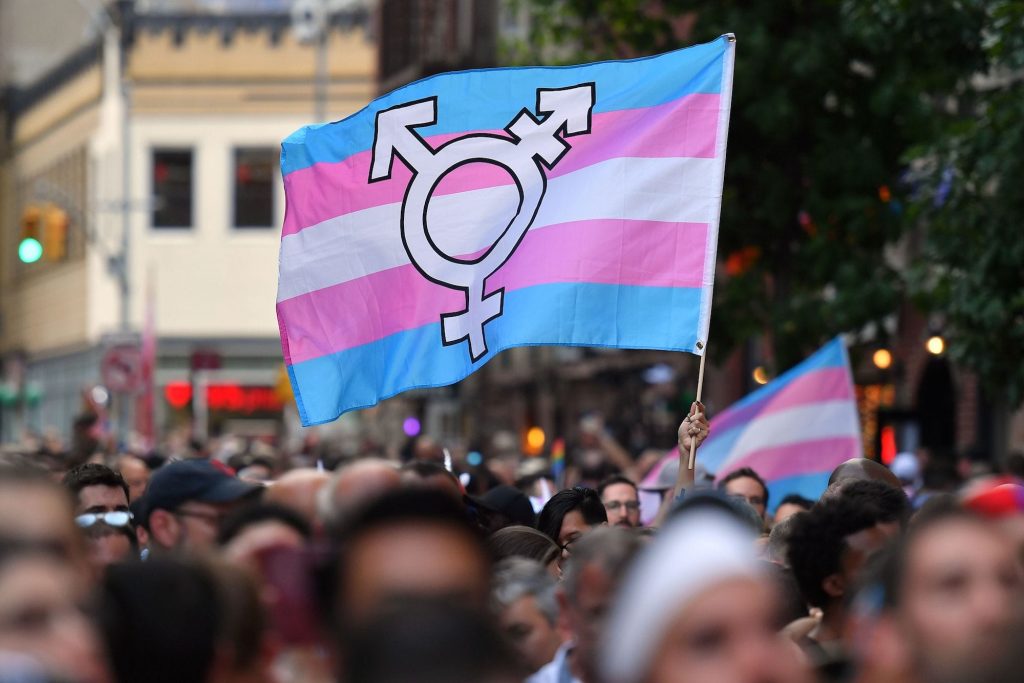- A study followed kids as they began to affirm their genders with new names, pronouns, and clothing as early as 3 years old.
- Trans children who affirmed their gender at a young age with parental support were likely to maintain their identities.
- Several state legislatures have introduced laws limiting medical care and opportunities for trans children.
Most children who "socially transition" by affirming their gender with new names, pronouns, and appearances before the age of 12 continue to identify with that gender, according to a study that followed transgender kids over a five-year period.
The Trans Youth Project followed 317 children living in the US and Canada as they underwent social changes to align with a gender different from their sex assigned at birth. The study included kids who began their gender affirmation between the ages of 3 and 12.
Transgender children have seen their rights to gender expression threatened by several state legislators in recent years. At least 28 states have proposed one or more bills that would impact trans kids, whether that means banning them from sports teams or criminalizing gender-affirming medical care.
However, pre-pubescent kids who wish to transition are not candidates for medical intervention, Canela López previously reported for Insider. Until a child approaches puberty and has been in therapy for at least a year, social transitioning is the first step for transgender youth.
The study by the Trans Youth Project, published Wednesday in the journal Pediatrics, is one of the first large data sets on the long-term development of trans kids. Researchers intend to follow the same cohort for a total of 20 years after the start of their social transitions.
Social transitions are reversible, but most trans kids don't go back on it, the study found
Participants in the study began their social transitions at around 6 and a half years old, on average. Of more than 300 children studied, only eight re-transitioned to their gender assigned at birth and 11 shifted to identify as nonbinary.
The vast majority of kids involved in the study continued to identify as transgender five years later, and many had begun hormonal medications to prompt biological changes that would align with their gender identities. Importantly, the authors noted that all of the children followed by the study had parental figures who supported their social transitions.
All but one of the kids who transitioned back to their gender assigned at birth did so before the age of 9. They had not taken hormone blockers, which are prescribed to delay the onset of puberty.
Young children and their parents cannot access hormonal treatments or other gender-affirming medical care right away, so social changes are typically the first steps for kids who wish to start transitioning early on.
Social transitions may involve changing one's haircut, clothing, or first name to align with a new gender. All of the kids who qualified for the study had changed their pronouns (i.e. "he" or "she" or "they") to reflect their gender identity.
After at least a year of therapy to treat persistent gender dysphoria, trans kids may qualify for hormone blockers as they approach puberty. Like social transitions, hormone blockers are a reversible step in the process.
Dit artikel is oorspronkelijk verschenen op z24.nl

